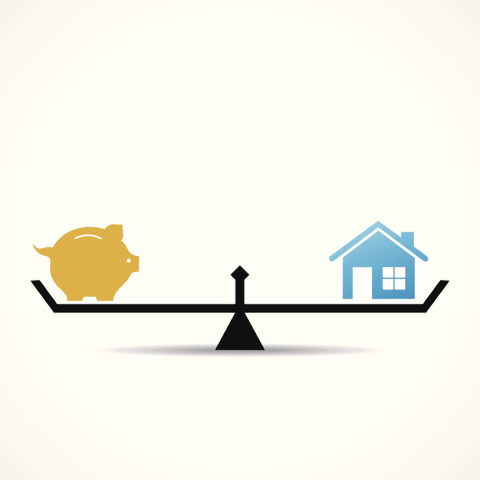Missing payments? Here’s how to avoid foreclosure

Most people who sign a mortgage don’t intend to walk away from it. Still, unforeseen circumstances — huge medical bills, lost jobs, divorce or eroding property values — can overwhelm even the best-intentioned borrower. A simple twist of fate can leave you facing a homeowner’s worst nightmare: foreclosure.
Communicate with your lender
Lenders want your money and the interest that comes with it, not your house.
If you seem to be a good risk, the lender will offer to help keep your mortgage afloat.
But be forewarned: If you seem like a bad risk, the lender may cut its losses by taking steps to foreclose and evict you as quickly as possible.
The key is to contact the lender before your debt gets the better of you. The sooner your lender knows of your problem, the more help it can provide.
The foreclosure spiral
The foreclosure spiral begins when your loan payment becomes 16 days overdue. At that point, your mortgage servicer will try to contact you to work out a repayment schedule to bring your loan current.
If your first payment becomes 30 days delinquent and the next month’s payment looks doubtful, collection attempts begin in earnest.
If your payments fall 90 days behind, the servicer will likely initiate formal foreclosure proceedings.
Ways to avoid foreclosure
Here are some options your lender may offer if you miss a payment and want to avoid foreclosure:
• Repayment plan: If you suffer a short-term financial setback (expensive car repairs, a medical emergency), your lender may provide some breathing room by agreeing to let you pay off your missed payment in two installments over the next two months.
• Loan modification: Mortgage servicers can adjust the terms of your loan — most often by lengthening the amortization schedule, lowering the interest rate or rolling the delinquent amount into the loan and re-amortizing the new balance — to help you bring the loan current. After the financial crisis, the federal government started HAMP — the Home Affordable Modification Program.
• Short sale: A short sale happens when the lender allows you to sell the house for less than the outstanding loan amount, takes the proceeds and forgives any remaining debt.
• Short refinance: The lender forgives some of your debt and refinances the rest into a new loan.
• Refinance with a “hard money” loan: You won’t like the high rates and fees of a hard money loan — one from a private lender, often an individual — but it may buy you time to sell your home and avoid foreclosure.












